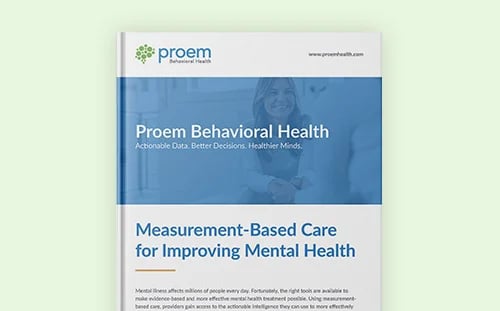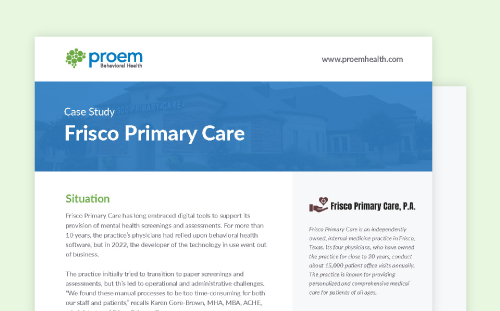October is a month with several significant campaigns that help educate and grow awareness about mental health and mental illness. Among them is International OCD Awareness Week, which takes place Oct. 9–15. Immediately following Mental Illness Awareness Week, International OCD Awareness Week was launched in 2009 to raise awareness of obsessive-compulsive disorder (OCD), increase understanding of how OCD affects people and help reduce stigma around OCD.
As Dr. Eric Storch, professor and McIngvale Presidential Endowed Chair at the Baylor College of Medicine, notes, "[OCD] is the experience of unwanted, intrusive thoughts, images or impulses that bring about stress and anxiety, which motivate a behavioral response, called compulsions. These behavioral responses can be things you see, like washing your hands repetitively; or things that you don’t see, like avoiding things that make you uncomfortable."
Let's take a look at 15 facts and statistics about obsessive-compulsive disorder.
.jpg?width=768&height=171&name=NVIEW%20BLOG%20Banner%20Template%20(2).jpg)
15 Facts and Figures on OCD
- Obsessive-compulsive disorder is not a new concept. In fact, modern concepts of OCD date back to the 19th century.
- The term OCD has its roots in the term "obsessive neurosis 'zwangsneurose'," which was first used by Freud in the late 19th century.
- It can be difficult to diagnose OCD because symptoms associated with the disorder can be similar to those of other mental health disorders (e.g., obsessive-compulsive personality disorder, anxiety disorders, depression, schizophrenia).
.jpg?width=250&height=146&name=nView%20Blog%20Images%20(7).jpg) It's possible to have both obsessive-compulsive disorder and another mental health disorder.
It's possible to have both obsessive-compulsive disorder and another mental health disorder.- There are generally two age ranges when OCD tends to initially appear: between the ages 8 and 12 and between the late teen years and early adulthood.
- OCD is estimated to affect 2.5 million U.S. adults (1.2% of the population).
- Women are three times more likely to be affected by obsessive-compulsive disorder than men.
- The average age of OCD onset is 19.
- One-quarter of OCD cases occur by age 14.
- One-third of affected adults first experience OCD symptoms in childhood.
- If someone has obsessive-compulsive disorder, there's around a one-in-four chance another immediate family member will have it.
.jpg?width=238&height=139&name=nView%20Blog%20Images%20(8).jpg) A sizable proportion of those with OCD have experienced symptom worsening during the pandemic.
A sizable proportion of those with OCD have experienced symptom worsening during the pandemic.- The two main treatments for OCD are psychotherapy and medications.
- Obsessive-compulsive disorder treatment is often most effective when psychotherapy and medications are combined.
- In treatment-resistant cases, other OCD treatment options can include intensive outpatient and residential treatment programs, transcranial magnetic stimulation (TMS) and deep brain stimulation (DBS).
Sources:





.png)
-1.jpg)





